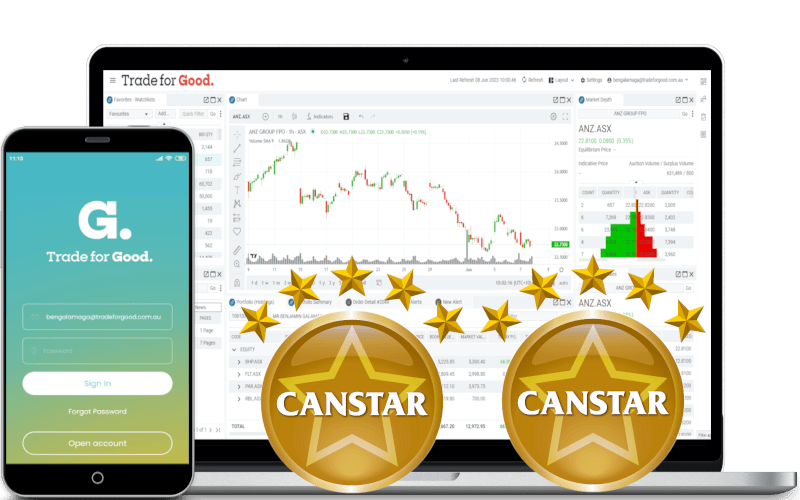
What Is Return on Equity (ROE)?
ROE measures a company’s financial performance calculated by dividing net income by shareholders’ equity.
ROE = Net Income/Shareholders Equity
ROE is a benchmark of a corporation’s profitability and efficiency.
ROE ratios vary significantly from one industry group or sector to another.

Key Takeaways
- ROE is expressed as a percentage.
- Net income used in the calculation is before dividends to shareholders.
- The higher the ROE, the better a company is at converting its equity financing into profits.
- ROE percentage varies depending on the industry or sector in which the company operates.

ROE and Stock Performance
ROE can serve as a good starting point for developing future estimates of a stock’s growth rate and the growth rate of its dividends. Sustainable growth rates and dividend growth rates can be estimated using ROE.
To estimate a company’s future growth rate, multiply the ROE by the company’s retention ratio. The retention ratio is the percentage of net income that is retained or reinvested to fund future growth.

Using ROE to Identify Problems
Inconsistent Profits
High ROEs with large income and small equity can indicate inconsistent profits.
Excessive Debt
If a company has been heavily borrowing, it can increase ROE because equity is calculated as assets minus debt.
Negative Net Income
This can be a sign of inconsistent profits or reduced cash flow due to share buybacks. More investigation is warranted.

The Bottom Line
ROE can tell you how well a company is using resources to generate profit, but it does not consider a company’s entire financing structure, industry, or performance against competition without further analysis.

-
This is where you can find the Fundamental data on the Trade for Good software
Read More
You can download the offline guide here Return on Equity Guide

What you learn here has been used in our Trade for Good software.
Click on the button to find our software education videos.
You can read more of our educational articles in the Trade for Good Learn section
Trade for Good Learn


